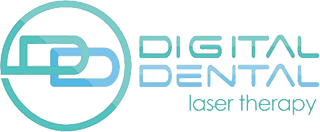Dr Louis Chan explains why he can’t see his patients without MLS® laser
The MLS® laser is a two-wavelength laser. It’s a cold laser, and it helps with inflammation, to decrease inflammation. It helps our patients to decrease pain and inflammation on the area that we apply the laser.
We use it for sore joint pain, neck pain, shoulder pain. A lot of times, it helps us to reduce the pain level and reduce the trigger points, and a lot of times after the laser the patients are feeling a lot better and they prefer that much more than trigger point injections.
After we finish the treatment, they start to get into a parasympathetic state. They start breathing better and feeling more relaxed. For the pain patient, if they’ve been suffering, chronic pain patients, they sometimes actually get a little bit more energy afterwards.
We use it every day. It’s our workhorse, so I can’t see patients without that, really.
From the literature, there’s good regeneration of tissues and reduced inflammation, so yeah, it helped us to know apart from how patients feel, we’re doing something good.I mainly see patients for craniofacial pain, sleep problems, and orthodontics, so that’s what I’m interested in. Yes. Some patients, when they say they want the teeth to move faster, we use the orthodontics setting to increase the speed of treatment.
I think I would say, it’s because of what we can use the laser, how much, how many ways we can use the laser. It would be a very good practice-builder. You can use it for cold sores, for orthodontics, for pain, especially, when dentists bring in patients for jaw joint pain, and neck pain. There’s no other laser that can give that kind of result.
I see patients every day that they just feel so much better afterwards. One of my patients has fibromyalgia, so every time we see him, he just gets so much more energy and is able to spend the whole day working instead of in pain. So that’s pretty good.
I use trigger point injections quite often, but many patients after they experience both, they prefer the laser more.
Get in touch to book a demonstration
